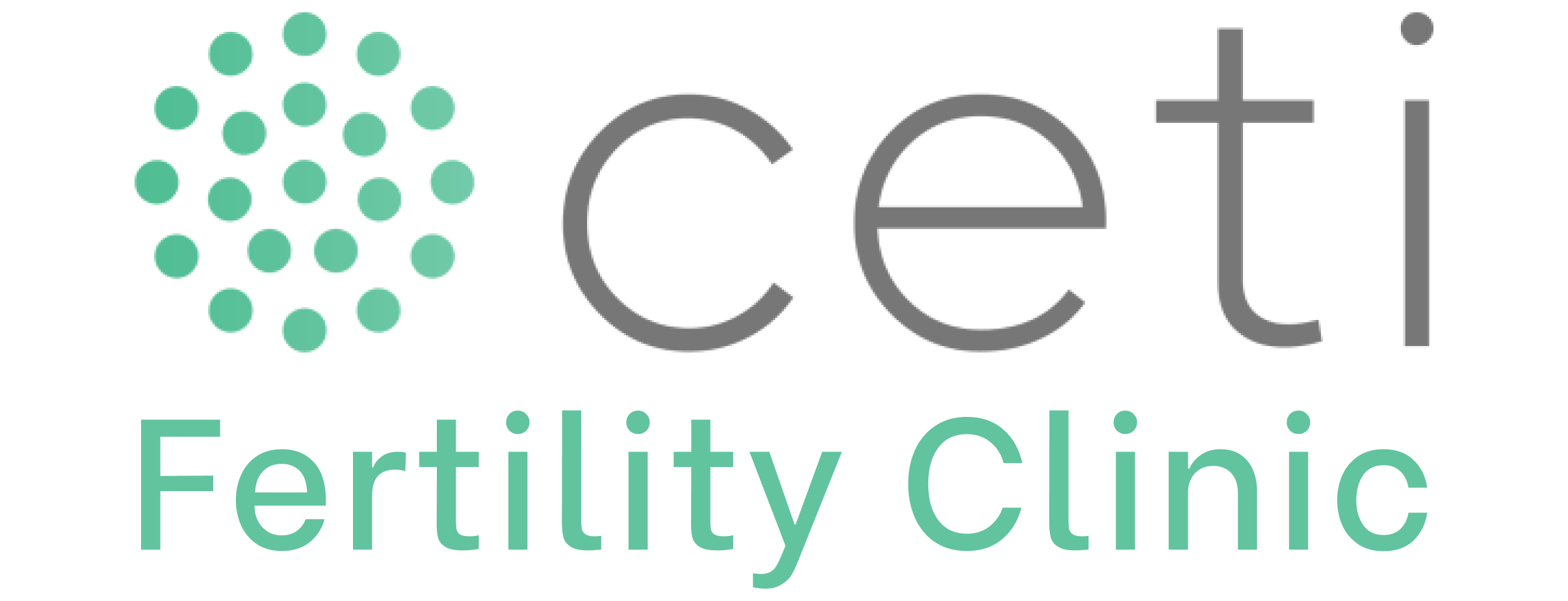In-Vitro Fertilisation (IVF)
In-vitro fertilisation (IVF) is a medically assisted reproduction technique where eggs and sperm are combined in a laboratory to achieve fertilisation.
IVF is recommended for cases of female infertility (such as blocked fallopian tubes, endometriosis, or ovulation issues), moderate male infertility, unsuccessful intrauterine insemination (IUI) cycles, and unexplained infertility.
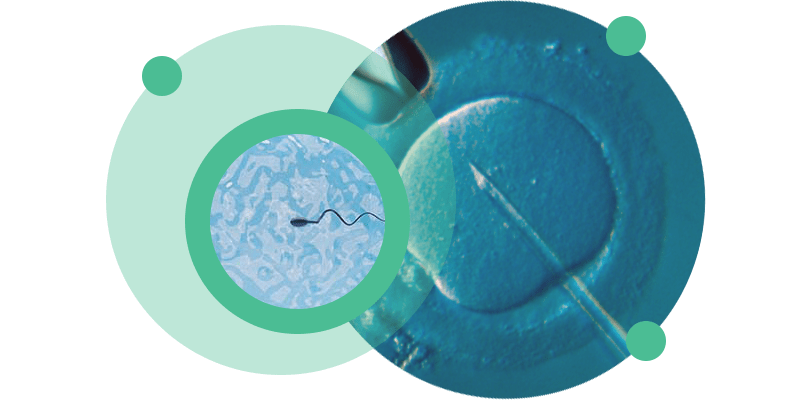
About In-Vitro Fertilisation
(IVF)
In-vitro fertilisation (IVF) is a medically assisted reproduction technique in which the union of sperm and eggs is facilitated after gamete processing, in a laboratory setting. However, this technique is based on the natural principles and processes that occur in a woman’s body during fertilisation.
Naturally, in each menstrual cycle, several follicles in a woman’s ovary are stimulated by hormones. All of these follicles grow, but only one typically reaches full maturity — known as the dominant follicle — and triggers ovulation, while the others undergo a process of atresia (degeneration). During ovulation, also triggered by hormones, a fertilisable egg is released from the follicle and captured by the fallopian tubes — this is known as a mature egg. The mature egg comes into contact with sperm while still in the tube, and fertilisation takes place. From the fusion of the female and male nuclei, an embryo is formed — a new genetic entity that begins to divide and develop while traveling through the fallopian tube toward the uterine cavity. Around the 5th or 6th day after fertilisation, it reaches a highly developed stage of cellular differentiation — the blastocyst.
The blastocyst has the ability to attach to the endometrium, the uterine lining that supports implantation and has also undergone changes throughout the process. If there is synchrony between the embryo and the endometrium, implantation and subsequent pregnancy may occur.
Understanding this natural process has led to the development of assisted reproduction techniques like IVF, which help overcome situations where one or more steps in the natural process are disrupted.
IVF can be performed using the couple’s own gametes (in the case of heterosexual couples), or with donor gametes—eggs, sperm, or both.
In-Vitro Fertilisation is indicated in the following situations:
- Female Infertility
- Tubal obstruction or dysfunction
- Endometriosis
- Ovulatory dysfunction (such as polycystic ovaries)
- Moderate Male Infertility (such as moderate oligozoospermia – a low concentration of sperm in the ejaculate)
- Unexplained Infertility
- Failure of previous intrauterine insemination cycles
Although each case is treated individually and in a personalised manner by our clinical team, we present here the general stages of an In Vitro Fertilisation treatment.
Ovarian stimulation
After medical consultation and definition of the best protocol to follow, the woman’s ovaries begin to be stimulated from the 2nd day of her period. Stimulation is carried out using injectable hormonal drugs that stimulate the growth of several follicles simultaneously, unlike the natural cycle in which, as a general rule, only one reaches the level of development required for fertilisation. The medication used can be administered by you at home.
After the start of treatment, the growth of the follicles is monitored by ultrasound scans at intervals of around 3 days. When a reasonable number of follicles are at the pre-ovulatory stage (larger than 17 mm on ultrasound), another hormonal drug (hCG) is administered, which will cause the final maturation of the follicles and the oocytes they contain, as would occur in a natural cycle.
Follicular puncture
36 hours after taking the hCG hormone, a follicular puncture is performed. This is a rapid surgical procedure, performed vaginally and under sedation, during which liquid is drawn from the follicles using a needle monitored by ultrasound.
From this point onwards, depending on the protocol defined, you can start taking new medications (orally or vaginally) that will make the uterus more receptive to receiving embryos and allow them to implant.
Gamete treatment
The follicular fluid arrives in the laboratory and the presence of oocytes is observed. These oocytes are collected and kept in culture in incubators with a suitable atmosphere and in specific culture media.
On the same day as the follicular puncture and at approximately the same time, the ejaculate sample is collected by masturbation. The sample may be collected on the clinic’s premises or at home, provided that it is delivered to the clinic by the patient. The ejaculate sample is treated with appropriate media that favour the selection of spermatozoa with normal morphology and motility. The processing of cryopreserved ejaculate samples follows the same principles as the processing of ‘fresh’ ejaculate samples.
IVF
Junction of the spermatozoa with the oocytes. The able spermatozoa will move towards the oocytes and attach themselves to the layer that surrounds them, the zona pellucida. Under normal circumstances, only one will pierce this layer and fertilise the oocyte.
Fertilisation and embryo culture
16 to 18 hours after insemination of the oocytes with spermatozoa, fertilisation is observed by the presence of two pronuclei (one female and one male) which will fuse in the following hours and give rise to embryos, by successive cell divisions. The embryos remain in culture in incubators with a suitable atmosphere and in culture media that encourage their development. The progress of the embryos is assessed on a daily basis.
Embryo transfer and/or cryopreservation
3 to 5 days after IVF, the best quality embryo or embryos are transferred to the patient’s uterus. Embryo transfer is a rapid procedure without analgesia/sedation, in which one or more embryos are introduced into the uterine cavity using a catheter specifically designed for this purpose.
If it is not possible to transfer embryos in the cycle in which they were created (due to the risk of ovarian hyperstimulation syndrome or for any other reason) or if there are more good quality embryos than can be transferred, these embryos are cryopreserved.
bHCG analysis
12 days after the embryo transfer, a blood sample is taken to detect the pregnancy hormone bHCG.
IVF success rates, both nationally and internationally, are around 30%.
The success rate is influenced by various factors, the most important of which are the woman’s age, the quality of the eggs and the quality of the sperm. You should therefore discuss your individual case with your doctor.


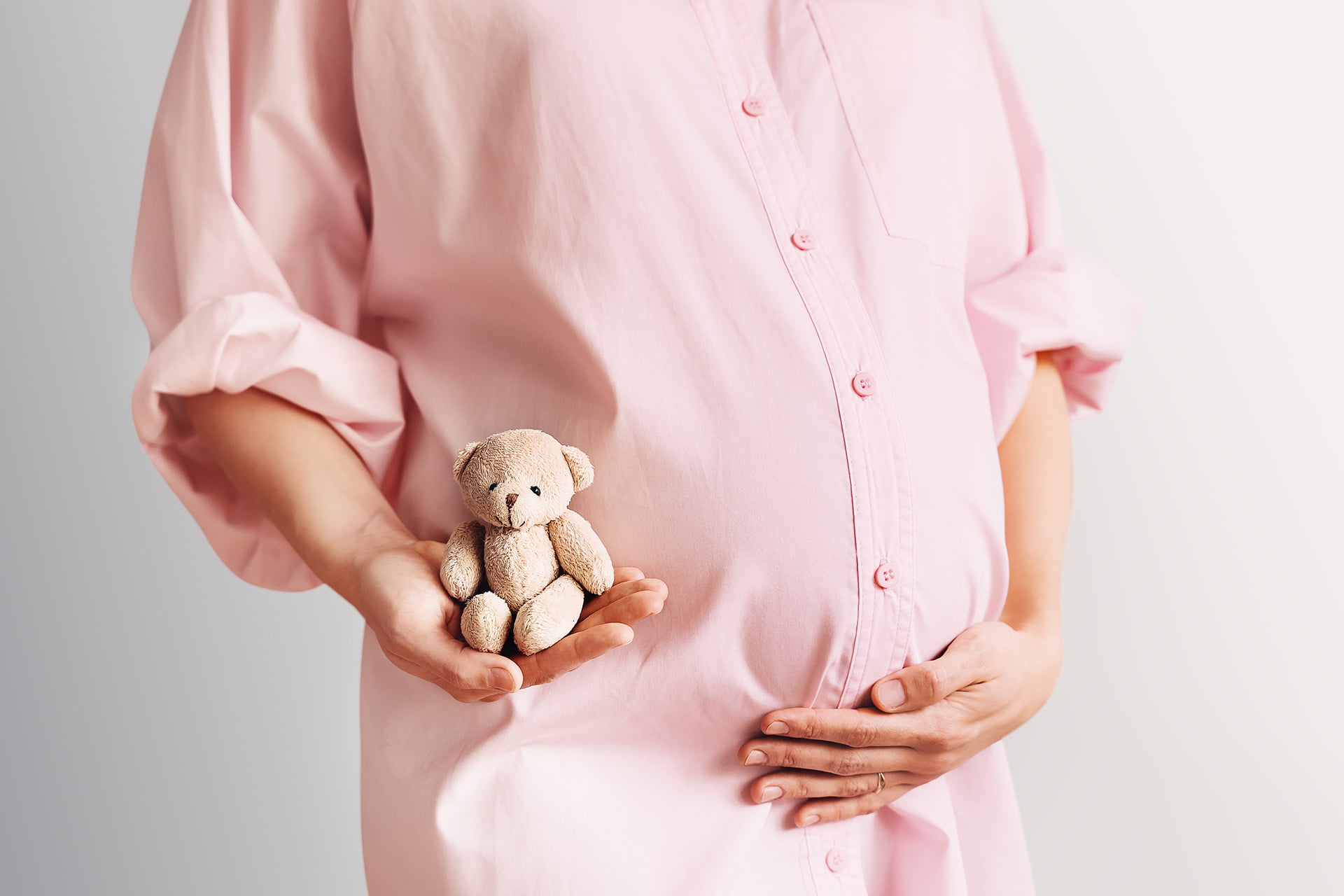
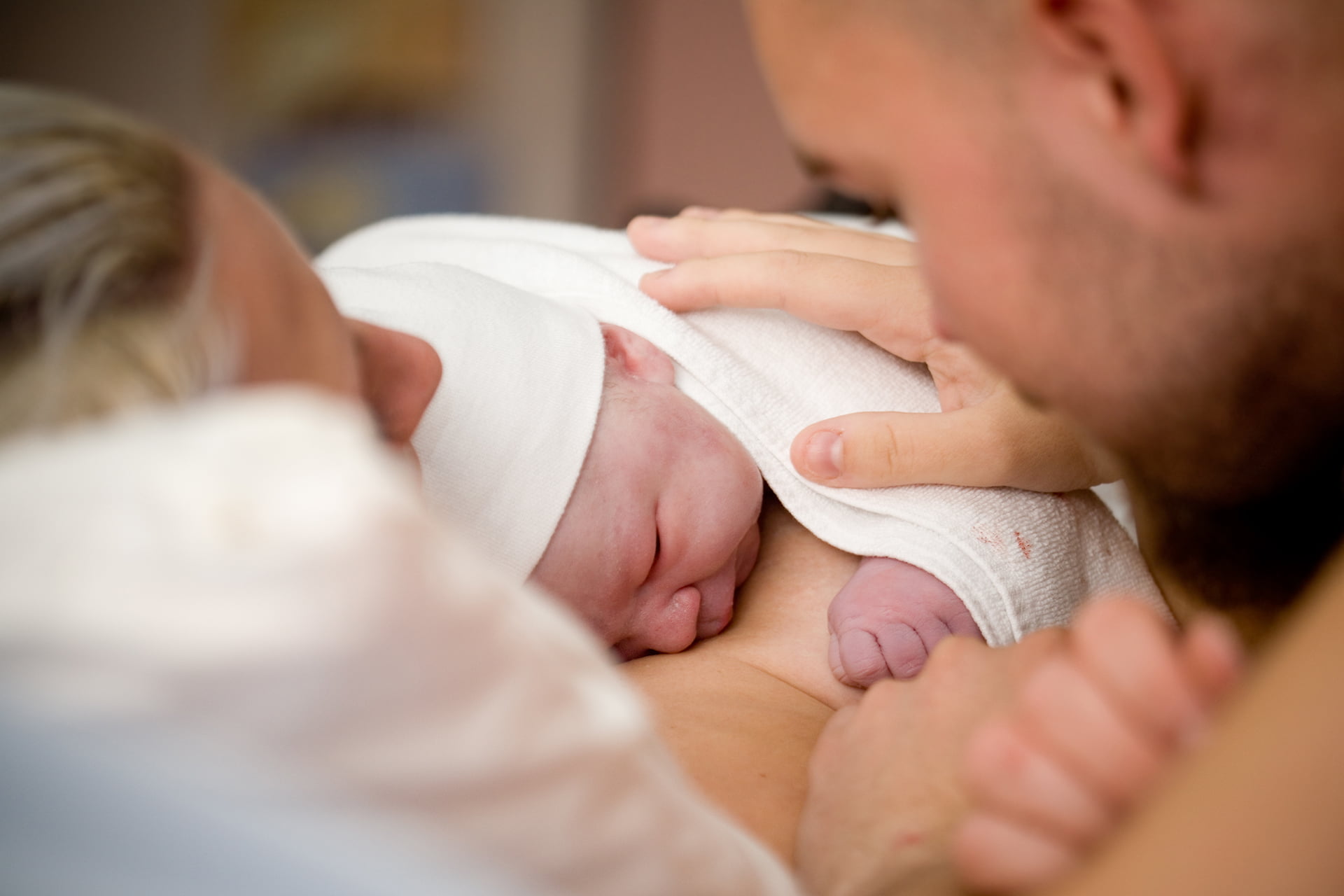

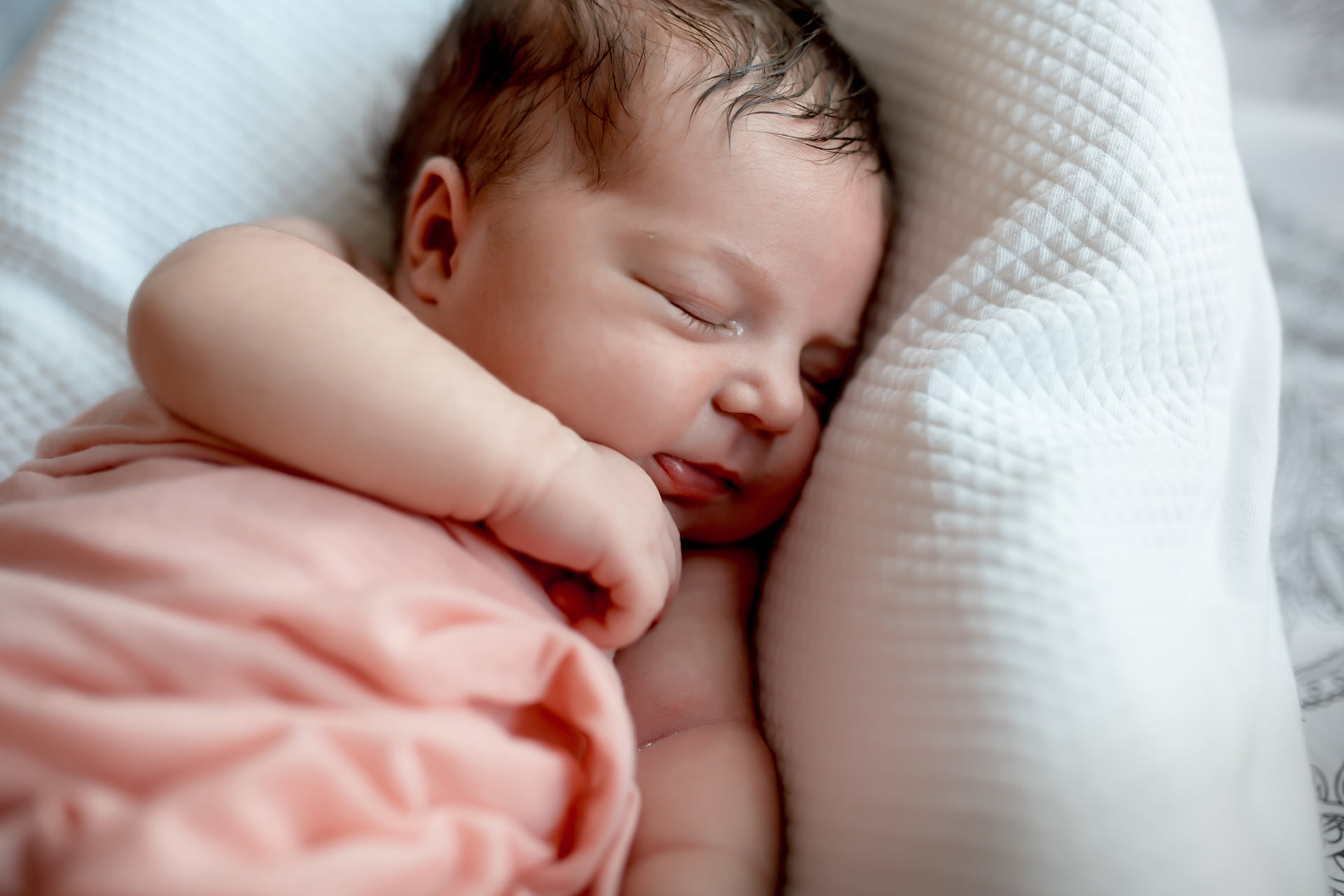
Common Questions
Taking into account all the stages of the treatment, including ovarian stimulation and transfer of the embryos into the uterus, the elapsed time varies between 15 and 20 days.
Ovarian stimulation takes an average of 8 to 15 days. The duration depends on the protocol used and each woman’s specific ovarian response.
The woman’s age influences the success of the technique in terms of both the quantity and quality of the oocytes collected. We know that a woman’s reproductive potential diminishes considerably after the age of 35 and drops sharply after the age of 40. From these ages onwards, it is more likely that the oocytes will be affected by chromosomal abnormalities, which have a negative impact on the fertilisation rate and embryonic development.
It is recommended that you rest for two days, abstain from sexual relations for 5 days and avoid strenuous physical activity until the pregnancy test has been carried out (12 days after the transfer).
The treatment does not cause any pain, just some discomfort on the day the ovaries are punctured to collect the oocytes. The follicular puncture procedure itself does not cause any discomfort as it is carried out under sedation.
The greatest risk, although rare, is that of ovarian hyperstimulation, which will subsequently require appropriate care but which, with vigilance, will usually resolve spontaneously. Close ultrasound monitoring after the start of ovarian stimulation can considerably reduce the occurrence of these situations.
Once treatment has begun, the patient will need to visit the clinic every 2 or 3 days for an ovarian stimulation ultrasound check and, on average, 2 to 4 ultrasounds are performed until follicular puncture is scheduled.
On the day of the follicular puncture, the husband/partner will also have to come to the clinic to collect the ejaculate, unless he already has sperm or cryopreserved testicular tissue.
The ejaculate sample can be taken at home, provided that it can be delivered to the clinic’s premises by you 30 to 45 minutes after the sample has been taken. During transport, the container containing the sample should be kept close to the body to avoid large fluctuations in temperature. The collection container can be supplied by the CETI or a urine collection container can be purchased from any pharmacy.
You can consult the CETI price list here.
